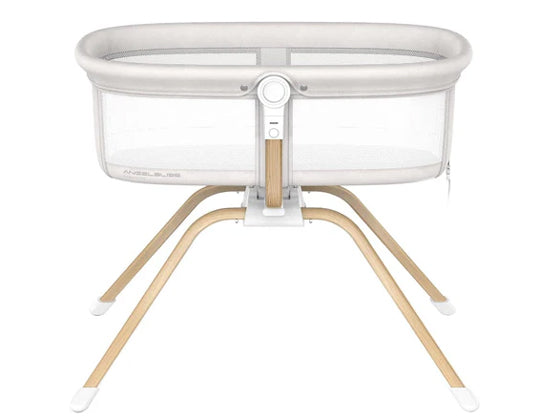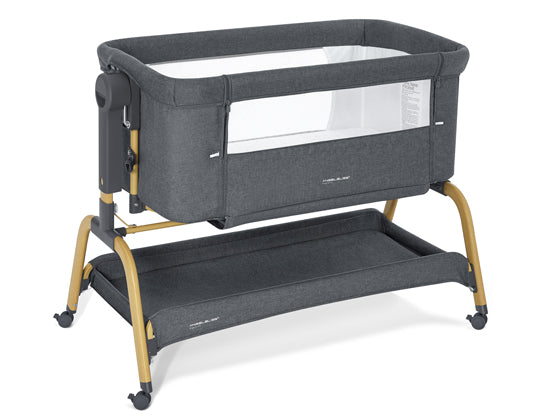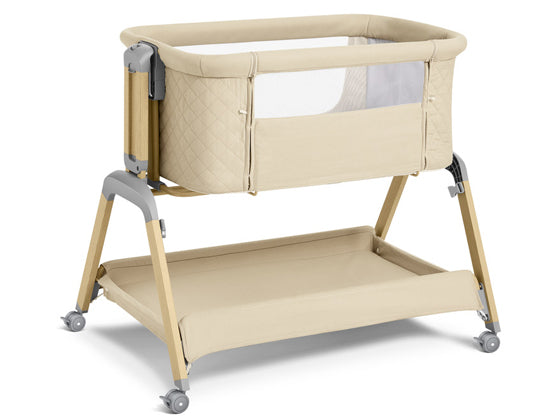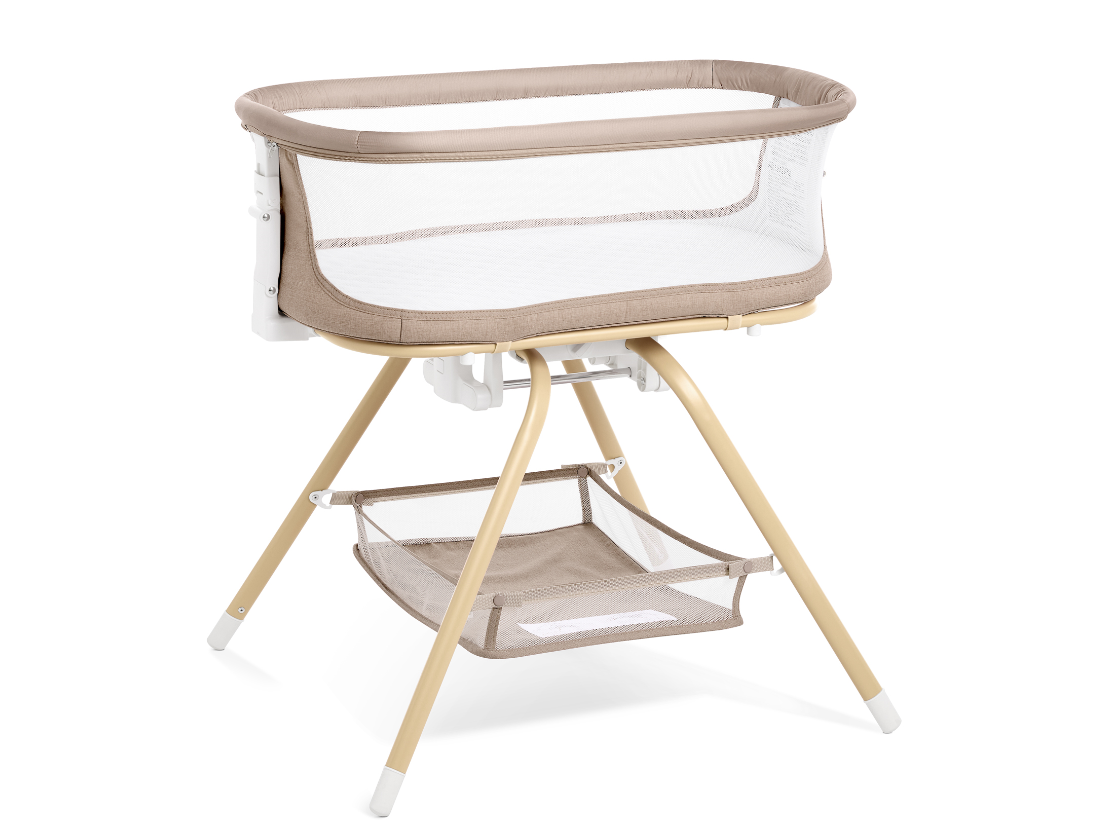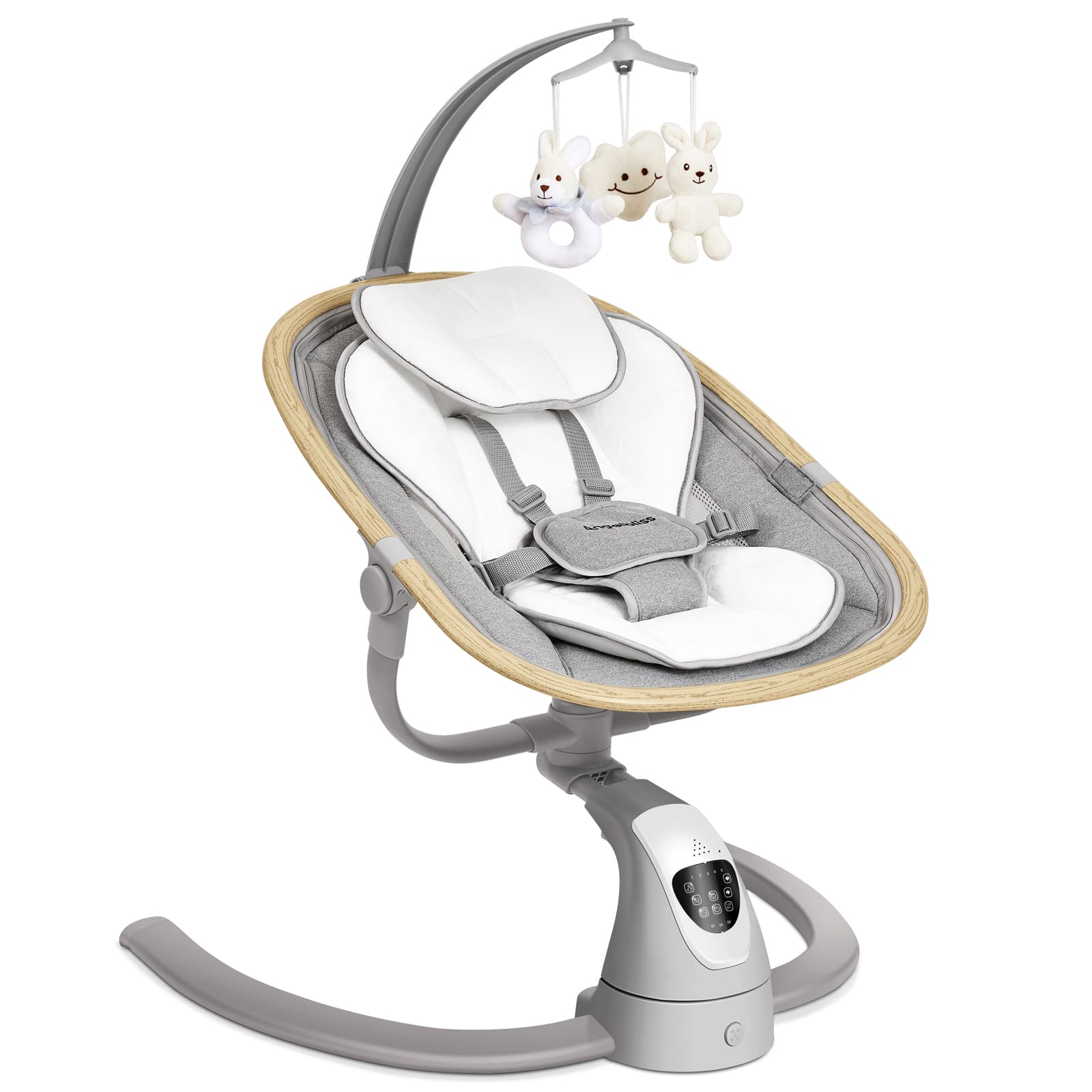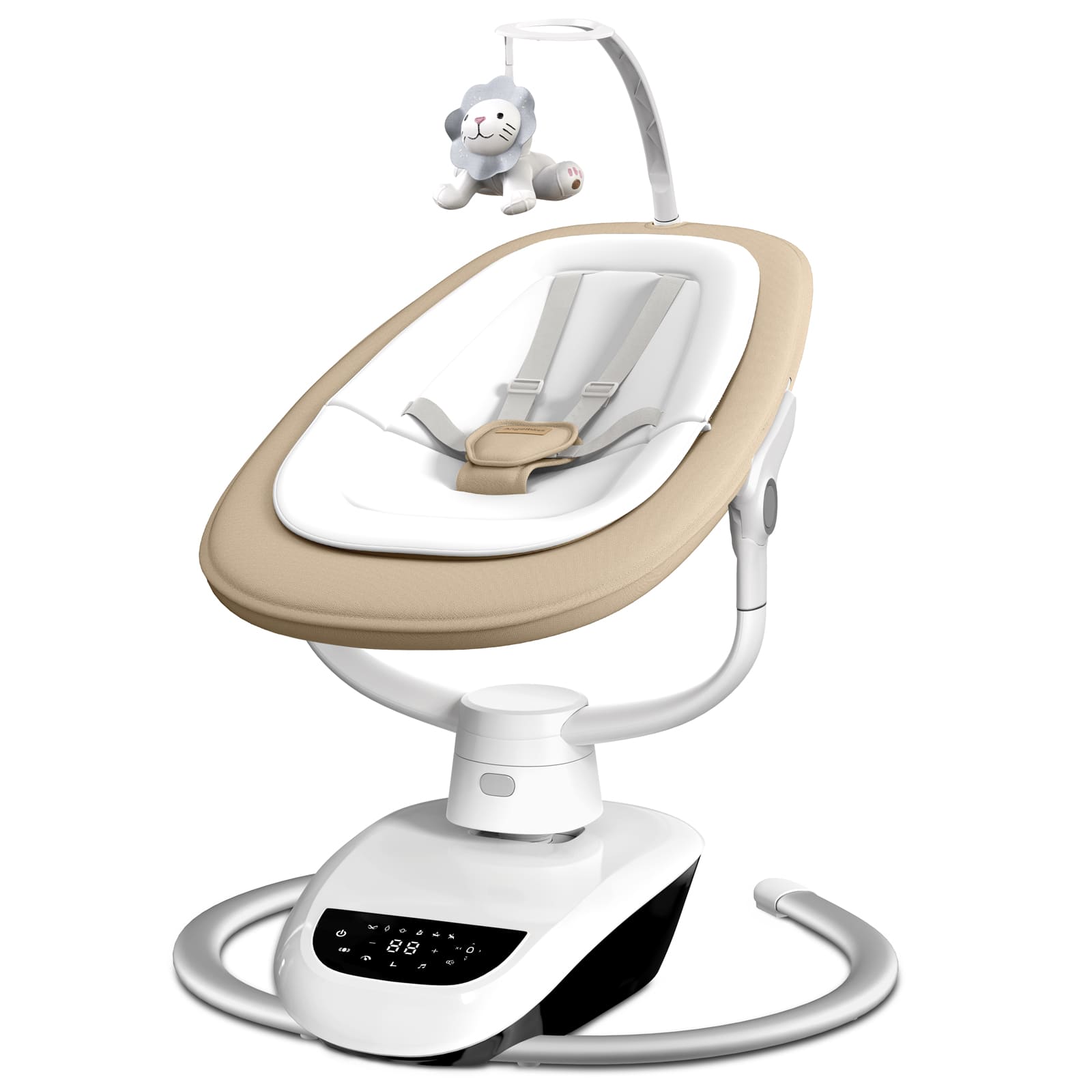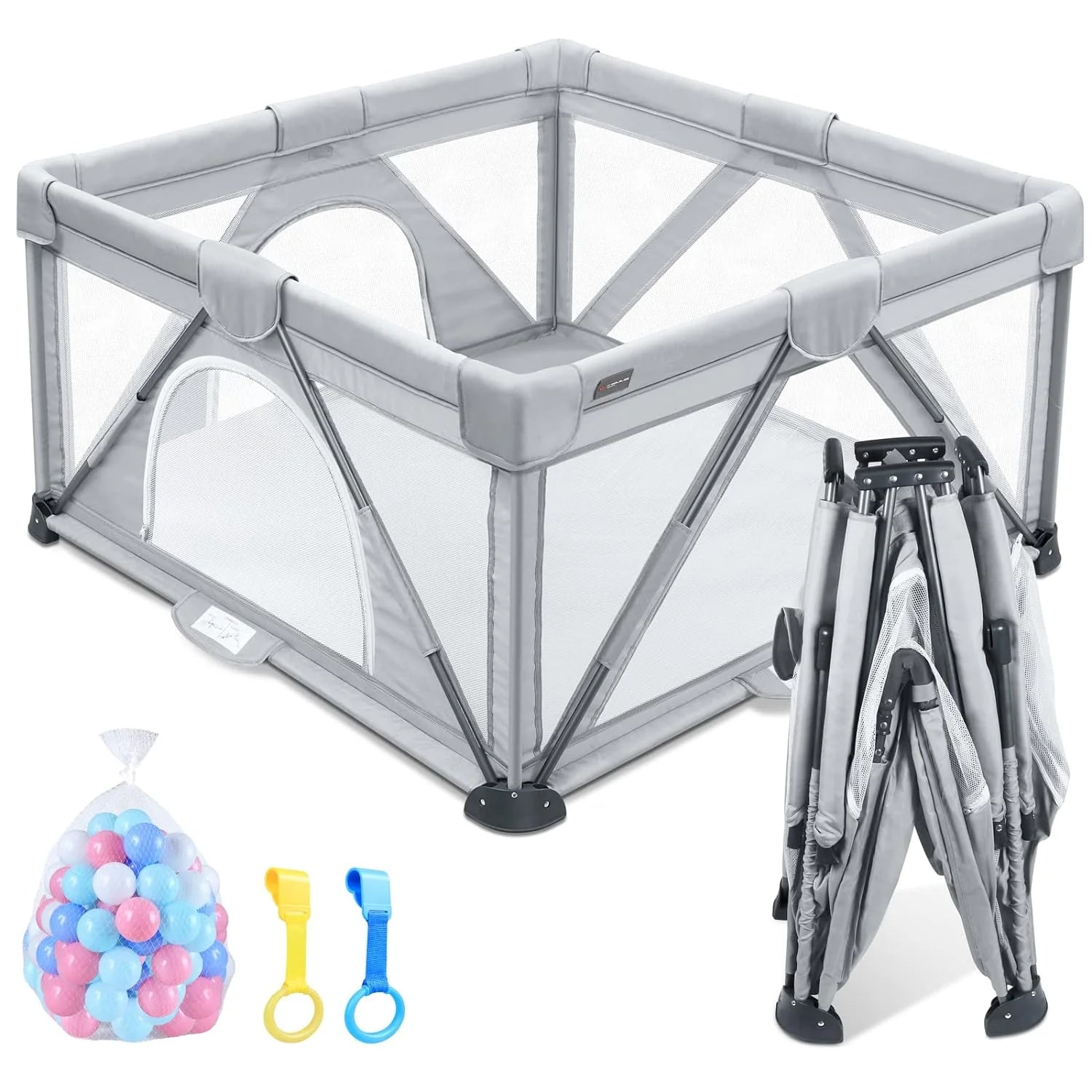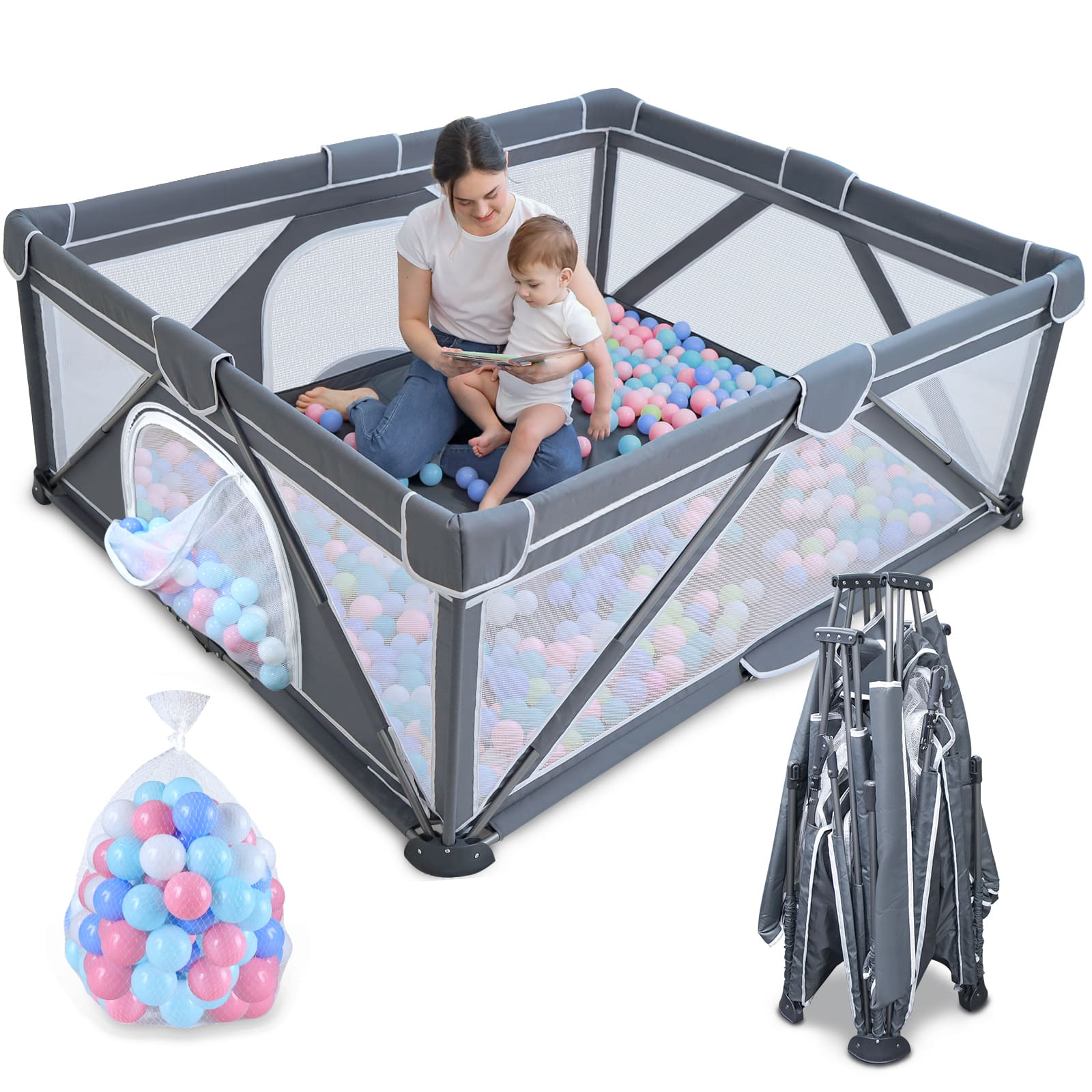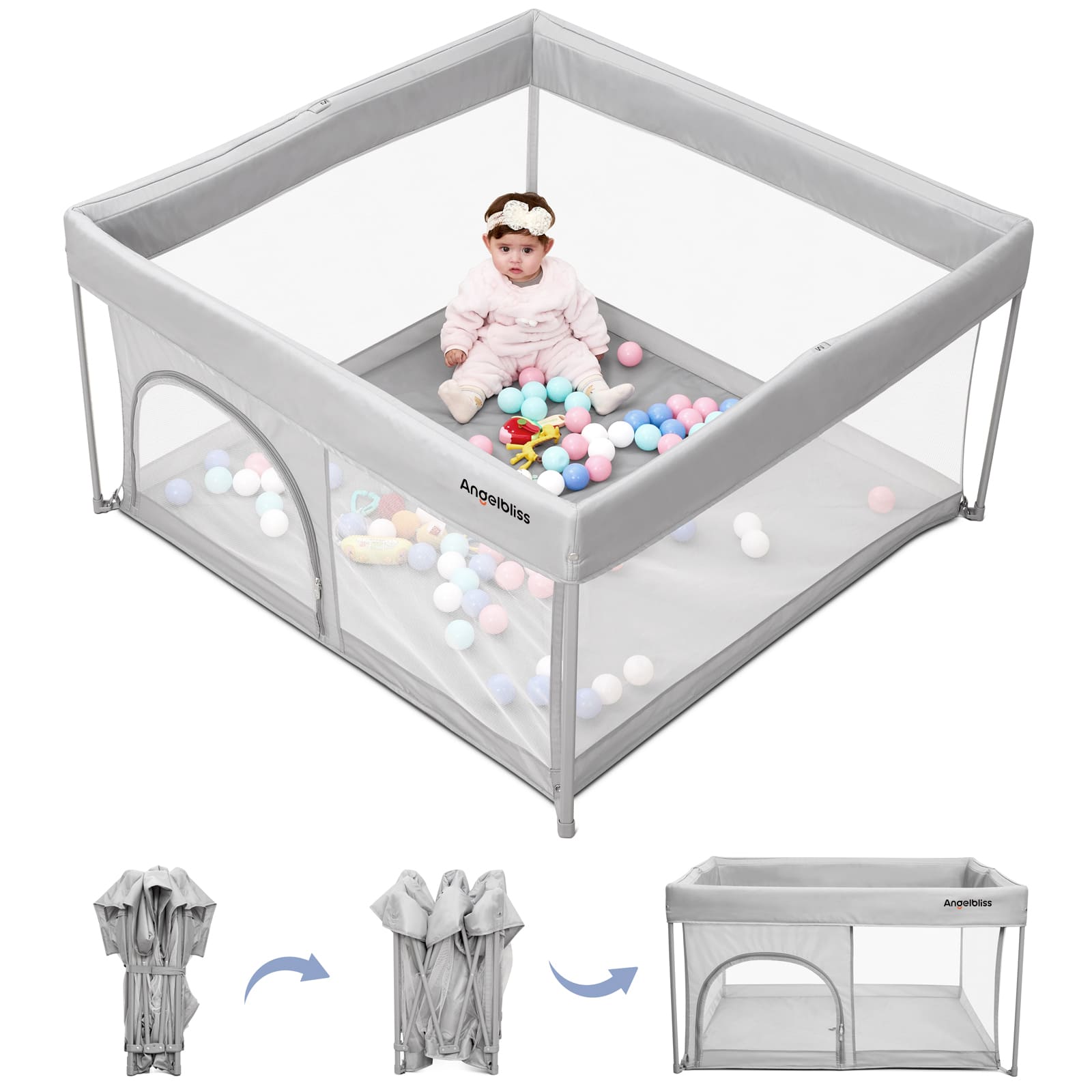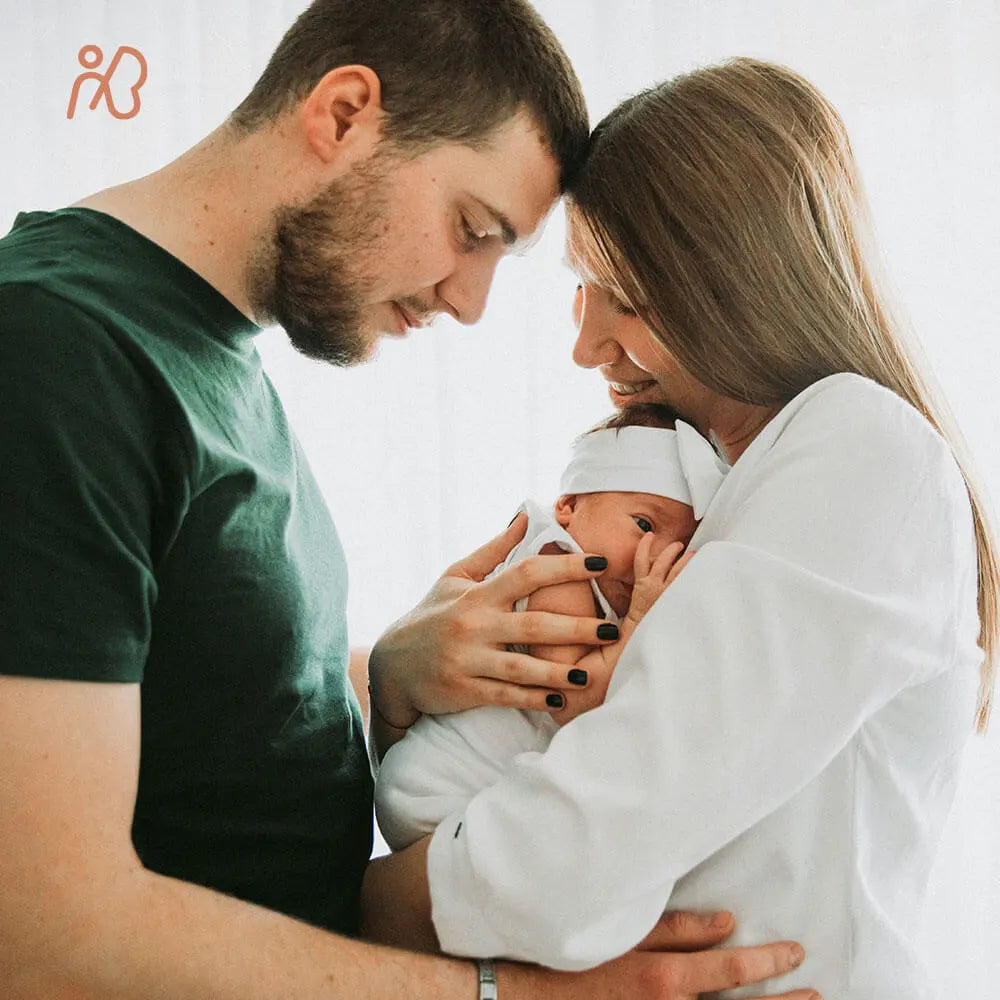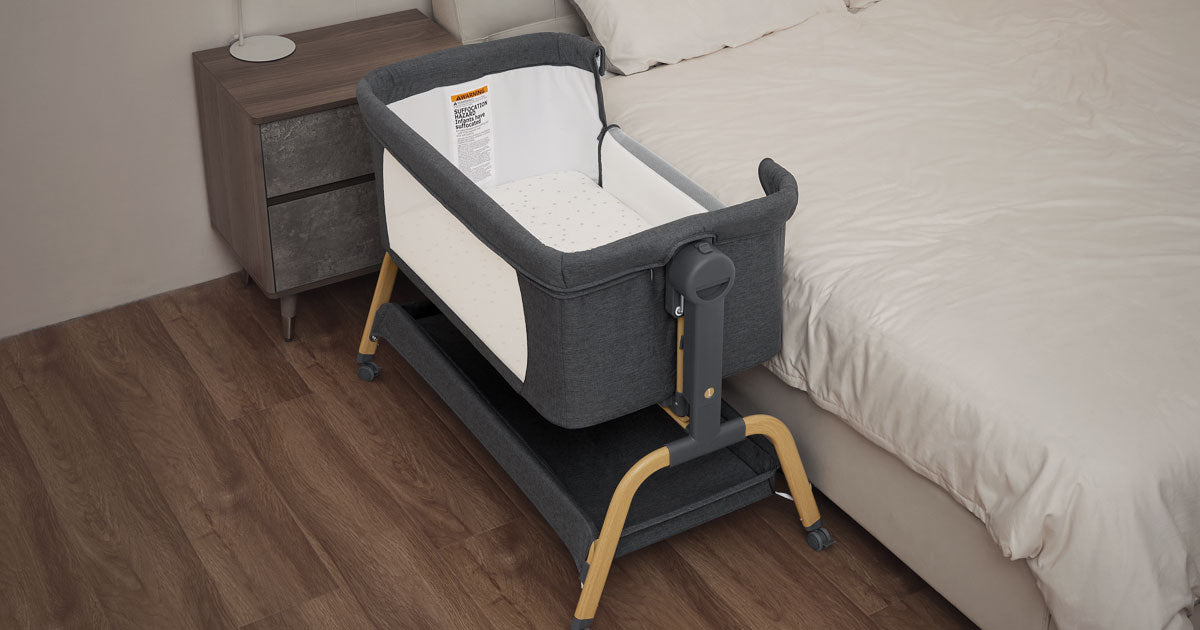Bringing a new baby home is pure magic, right? However, it also raises a lot of problems, particularly around safe sleeping practices. "How long can my baby stay in this?" is one of the most frequent inquiries we receive regarding bassinets. and "What's the deal with bassinet weight limits?"
In order to give you peace of mind that your infant is sleeping securely, let's get started and dispel any misunderstandings regarding bassinet weight limitations.
1. What Exactly is a Bassinet Weight Limit, and Why Does It Matter?
Every bassinet, no matter the brand or style, comes with a specified weight limit. The manufacturer has established this non-negotiable safety guideline based on extensive testing and safety requirements; it is not merely a recommendation.
Here's why it's so important:
Structural Integrity: Bassinets are made to support a specific weight securely. Exceeding this limit can compromise the bassinet's structure, making it unstable, prone to tipping, or even collapsing.
Preventing Entrapment/Falls: Once a baby gets too heavy or active for the bassinet, they might cause the bottom to sag, or the bassinet itself to become unbalanced. This makes it more likely that they will become stuck, fall out, or cause the bassinet to topple over.
Meeting Safety Standards: Manufacturers adhere to strict safety regulations (like those from the Consumer Product Safety Commission, or CPSC) to ensure their products are safe. The weight limit is a key part of these standards.
Think of it like this: You wouldn't put an adult in a stroller designed for a toddler. It just wouldn't be safe. The same goes for your bassinet.
2. What's the Typical Bassinet Weight Limit?
While it varies by model and brand, most bassinets are designed for newborns and young infants and typically have a weight limit somewhere between 15 to 20 pounds (approx. 6.8 to 9 kg).
Some robust bedside bassinets might accommodate up to 25 pounds, but these are less common. Always remember: the specific weight limit for your bassinet will be clearly stated by the manufacturer.
This limit is generally reached within the first few months of your baby's life. Most babies double their birth weight by 5-6 months, but they often hit the bassinet's weight limit (or, more commonly, the developmental milestone limit) much sooner.
3. Beyond Weight: More Critical Signs Your Baby Has Outgrown Their Bassinet
Here's a vital piece of information that often surprises new parents: your baby will almost always outgrow their bassinet developmentally before they hit the stated weight limit.
The weight limit is a hard stop, but these developmental milestones are the primary indicators that it's time to transition:
Rolling Over: When your baby can roll over from their back to their stomach (or vice versa) even once, this is the most important indicator! – It's time to move them to a larger, safer sleep space like a crib or Pack and Play. A bassinet's low sides become a hazard if a baby can roll and potentially get into an unsafe position.
Pushing Up on Hands and Knees: If your baby can push themselves up, they're developing the strength to climb out. The chance of falling is too great, even if they are unsuccessful.
Sitting Up Unassisted: This is another clear sign of advanced mobility and means they could easily climb or fall out of a bassinet.
The American Academy of Pediatrics (AAP) strongly recommends transitioning your baby out of the bassinet as soon as they show any signs of being able to roll over. Do not wait for them to reach the weight limit if these milestones occur first.
4. How to Find Your Bassinet's Specific Weight Limit
Never guess! The manufacturer will always tell you the precise weight limit for your bassinet. Here's where to look:
The User Manual: This is your go-to source for all safety information. Keep it handy!
Product Labels/Stickers: Many bassinets have a sticker or label directly on the frame, near the mattress support, or on the legs, clearly stating the weight limit.
Manufacturer's Website: If you can't find the manual or label, visit the manufacturer's official website and look up your specific bassinet model. The product page or a dedicated support section should have this information.
Product Packaging: If you still have the box, the weight limit is usually printed there, too.
Always default to the lowest stated limit if you see conflicting information, and err on the side of caution.
5. What Happens If You Exceed the Bassinet Weight Limit (or Ignore Other Outgrowing Signs)?
Ignoring these safety guidelines puts your baby at serious risk. The repercussions may be small or serious:
Tipping or Collapse: The bassinet's structure might become unstable, leading to tipping or even a catastrophic collapse, causing injury to your baby.
Falls: As your baby gets heavier or more mobile, they might roll or push themselves out of the bassinet, resulting in a dangerous fall from a height.
Entrapment: A sagging bottom or compromised structure could create gaps where a baby's head or limbs could get trapped, leading to suffocation or injury.
Compromised Airflow: If the bassinet's mesh sides sag, it could restrict airflow, increasing the risk of overheating or rebreathing carbon dioxide.
No parent wants to face these scenarios. Adhering to the weight limit and developmental milestones is a simple yet critical step in preventing accidents.

6. What's Next? Transitioning Your Baby Out of the Bassinet
Once your baby hits the weight limit or, more likely, starts rolling or pushing up, it's time for the next big step: transitioning them to a larger, safer sleep space.
Your best options are:
A Standard Crib: This is the most common long-term solution, providing a secure sleep environment until your child is ready for a toddler bed.
A Pack and Play (Portable Playard): These are fantastic multi-functional options that can serve as a safe sleep space for older infants and toddlers, especially those with bassinet inserts for newborns. They're also great for travel or keeping your baby safely contained in different rooms.

Need a refresher on Pack and Plays? Check out our guide: What is a Pack and Play? Your Go-To Guide for Busy Parents.
The transition can take a few nights, but consistency and patience are key. Celebrate this milestone – your baby is growing!
Angelbliss Bassinets: Designed for Your Peace of Mind
At Angelbliss, we understand that a bassinet is more than just a piece of furniture; it's where your newborn spends countless precious hours. That's why our Angelbliss Bassinets are meticulously designed with safety, comfort, and durability as our top priorities.
We ensure that:
Our bassinets strictly adhere to all U.S. Consumer Product Safety Commission (CPSC) guidelines, including clear and accurate weight limits.
We use only high-quality, non-toxic materials and breathable mesh sides to create a safe and healthy environment.
Our product manuals and labeling clearly state the specific weight limit for each model, so you always have the crucial information readily available.
Angelbliss Bassinets are engineered for stability and ease of use, giving you confidence in your baby's sleep space from day one.
Choosing an Angelbliss Bassinet means investing in a product that grows with your understanding of safe sleep, ensuring your little one is always in the safest possible environment, right up until they're ready for their next big adventure.

